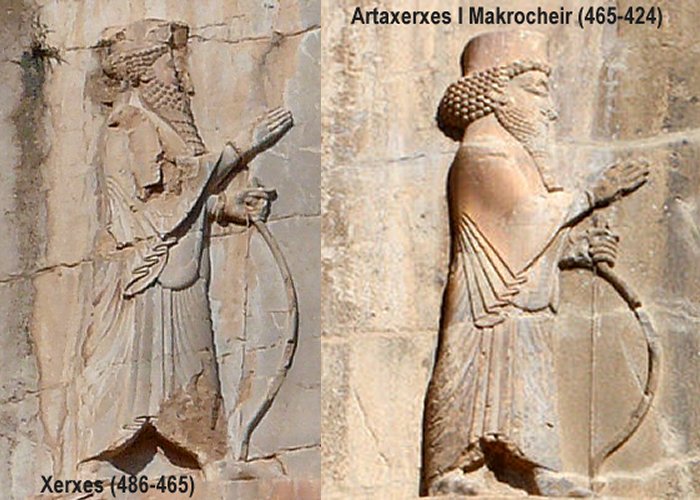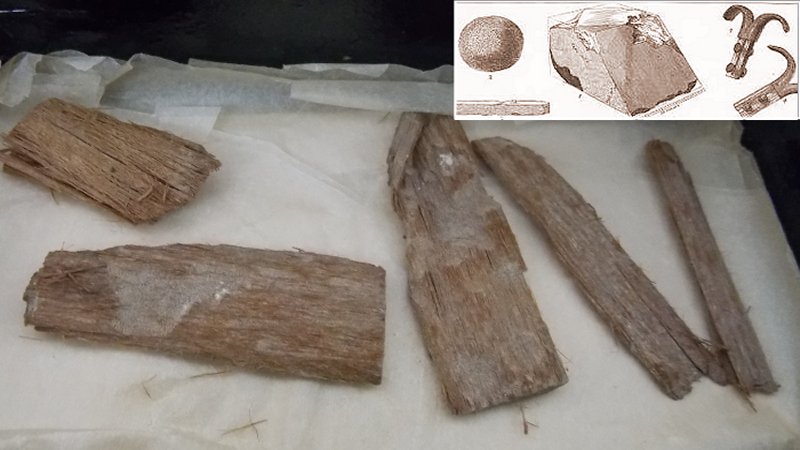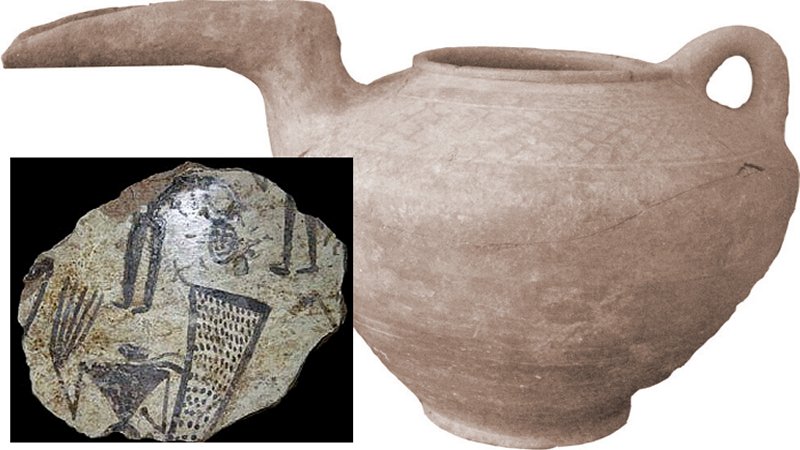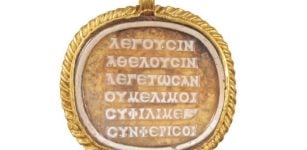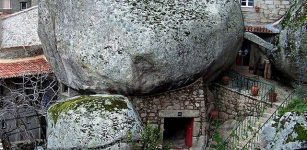Naqsh-e Rostam: Spectacular Tomb Complex With Rock Reliefs From Elamite To Sasanian Times
MessageToEagle.com – Incredible complex of tombs and artworks known as Naqsh-e Rostam (“Picture of Rostam”), or Necropolis is located outside of the city of Shiraz and only a few kilometers northwest of Persepolis – the capital of the ancient Achaemenid Empire – in central Iran.
Naqsh-e Rostam monument is a perpendicular wall of rock in which four similar tombs are cut at a considerable height from the bottom of the valley.
The rock art below the tombs with sculptures from Elamite, Achaemenid and Sassanid periods on mountain and rock is one of the unique and most beautiful example of stone masonry of historical and ancient period.
The Sasanian carvings is believed to represent the mythical hero Rostam (or Rustam), who fought mythical monsters such as the dragon and the White Demon, and was described in the great Persian Epic of the Kings, ‘Shahname’, completed in 1010 CE.
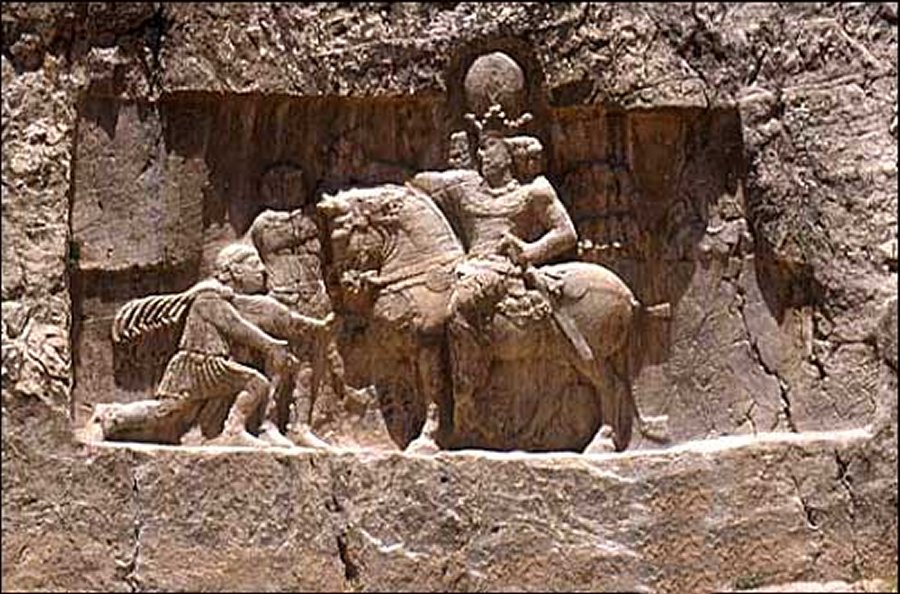
The four impressive rock tombs – cut at a considerable height from the bottom of the valley – are all elaborately carved into the side of a stone mountain side. Perfection of the building’s right angles, testify to the skill of the builders.
See also:
Vanished City Of Pasargadae: Capital Of Achaemenid Empire Under Cyrus The Great
Achaemenid Empire Was The World’s Largest Ancient Empire
Parthians: Their Great Empire And Skilled Horse Archers
Darabgerd: One Of The Oldest Cities Dated To Archaemenid Era (550-330 B.C.)
More Ancient Civilizations And Places
The tombs belong to Achaemenid kings and are known locally as the ‘Persian crosses’, after the shape of the facades of the tombs.
Seven oversized and rich ornamented reliefs dedicated to the Achaemenid kings belong to the early first millennium BC.
See also:
Peace Of Callias – A Treaty That Ended The Greco-Persian Wars
Remarkable Underground City Of Nushabad: A Masterpiece Of Ancient Architecture
Is Mysterious Prehistoric Jiroft The Legendary Land Of Aratta?
The entrance to each tomb is at the center of each cross, which opens into to a small chamber, where the king lay in a sarcophagus. The horizontal beam of each of the tomb’s facades is believed to be a replica of the entrance of the palace at Persepolis.
Naqsh-e Rostam was already an important place, when king Darius I the Great (522-486 BC) ordered his monumental tomb to be carved into the cliff.
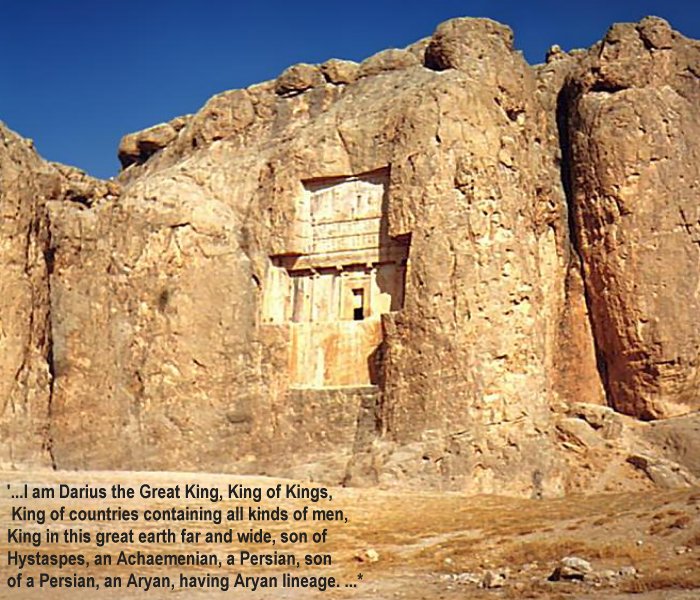
Later, similar royal rock tombs were added and they are believed to belong to Darius’ son and successor Xerxes (486-465), his son Artaxerxes I Makrocheir (465-424) and his grandson Darius II Nothus (423-404), whose original name was Ochus. He was often called Nothus, (‘Bastard’), because he was the son of King Artaxerxes 1 and a concubine from Babylon.
There is also a fifth tomb but it’s unfinished.
Archaeologists are almost certain that the tombs were closed after the burial. After Alexander the Great had overthrown the Achaemenid Empire, the doors were smashed and the tombs were looted.
Today Naqsh-e Rostam is rather an abandoned ancient site, visited only by a small group of tourists.
MessageToEagle.com
Expand for references

